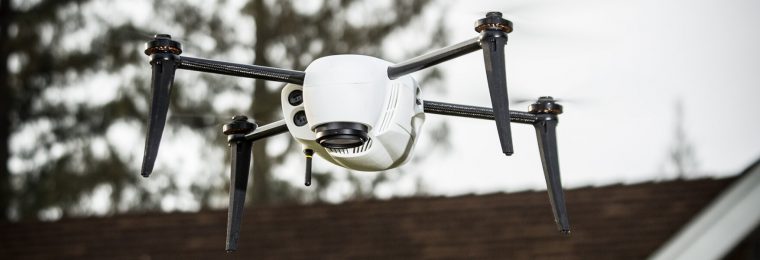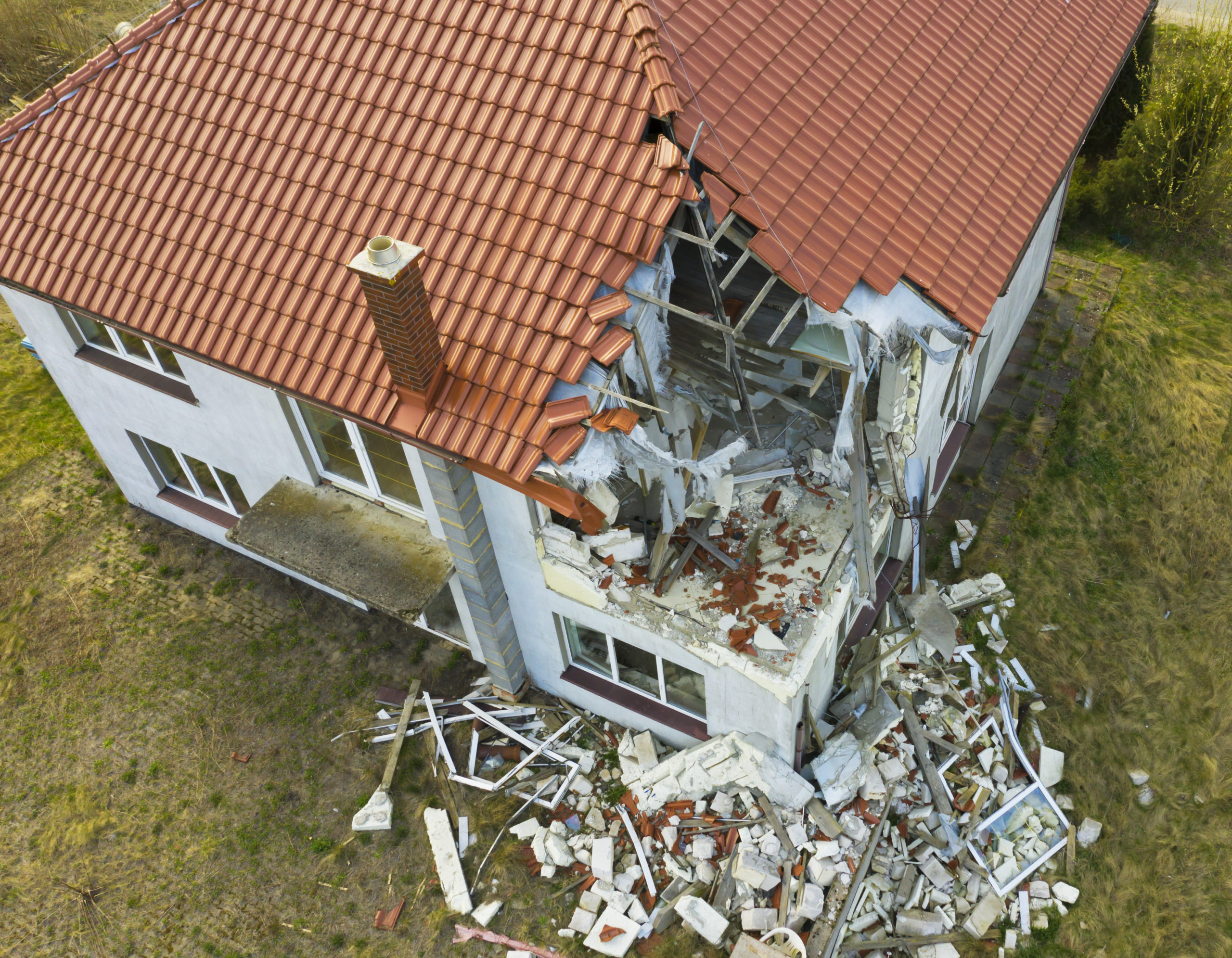Get ready for a world in which adjusters keep both feet firmly on the ground — drone technology removes your claims adjusting risks.
Right now, the property insurance market is a buyer’s market. Insurance is plentiful and easy to get, which for insurers, makes for fierce competition. With many companies offering coverage, insurers looking to remain competitive, particularly on price, are doing what they can to reduce expenses in order to offer cheaper insurance coverage.
That’s where many insurers are gaining competitive advantage. In a soft market, insurers are creating value within their adjuster team by implementing technology that helps reduce or eliminate injury. That’s critical, particularly in a market that has forced some companies to reduce internal expenses wherever possible in a tight market. That could mean that safety programs haven’t the funding they previously had. For insurers, the solution has been to take the adjusters off the roof.
Yet adjusters can’t simply take a claimant’s word that damage has occurred. Adjusters must obtain proof of the claim and establish the amount of loss, including photographing the claim site. For property claims, that means inspecting the reported damage. Roof damage in particular poses plenty of risk for the adjuster. Ladders tipping, missteps that cause falls, and slippery roof slants are just some of the dangers adjusters face on a daily basis.
In such a demanding situation where insurers want to keep standards high while reducing both cost and risk, they’re looking for better alternatives. One such solution that is gaining traction is Kespry.
Due to automated drone technology from companies like Kespry, drone roof inspection is becoming a more efficient, safer, and productive piece of the adjusting process.
Automated Damage Detection in the online Kespry Cloud
Terra Firma
That’s because drones eliminate the need for your adjusters to climb onto the roofs. Adjusters using Kespry drone systems can quickly inspect a roof, and your adjuster doesn’t need to leave the office. No need for joystick or piloting experience, either. The self-piloting drone flies the mission plan you designate (all done on your iPad), and is equipped with obstacle avoidance technology. The drone conducts the inspection and returns high-resolution imagery, converting it to 2D and 3D maps and models. The data is instantly uploaded to the Kespry Cloud, where adjusters get a high resolution view of the property in question. Because the Kespry Cloud is online, adjusters can access the data from anywhere and easily share it and export it.
In fact, drone technology can be used to view a property before deciding to write a policy. Because the delivery time is faster — hours instead of days — you know the exact condition and existing conditions of the roof, making for more accurate underwriting.
What else does it mean for your insurance operations when you keep your adjusters’ feet on the ground? You’ll see a reduction in slip-and-fall injuries and falling ladder or falling equipment injuries for starters. Plus, your adjusters are now in the office instead of traveling to and from claim sites, eliminating any auto-related risks, as well. Conservatively speaking, even a one-percent reduction in adjuster injuries can mean a lot to your workers’ compensation claims spend.
Then there’s the added bonus: an automated, faster, less expensive, and safer claim adjustment process. For example, an adjuster handling 2 – 3 inspections per day can easily triple that to 6 – 9 per day. The drone technology, combined with the cloud technology access to data, makes it easier to handle more inspections.
In a highly competitive market in which price and value are being driven by the consumer, insurers are turning to innovative ways to drive down costs. Kespry drones and their accompanying cloud technology are helping make roof insurance inspections and claims adjudication a more efficient, productive part of your operations. By removing the risks to your adjusting team that are associated with roof inspections, you can reduce noticeably your own claim losses, particularly workers’ comp-related claims. Plus, faster claims resolution makes for happier customers, which can improve customer retention. More efficient claim handling, lower risk, and increased productivity benefit both the customers and the industry.



